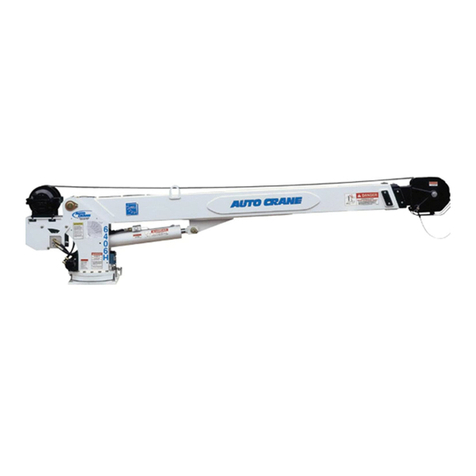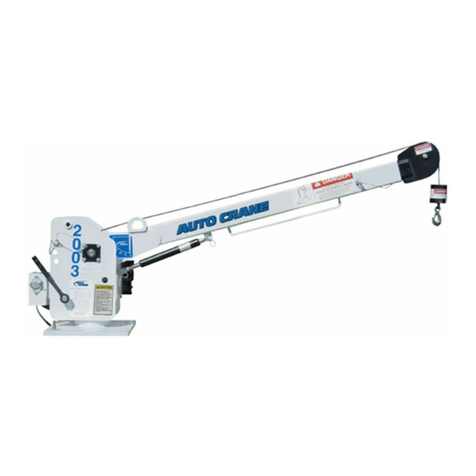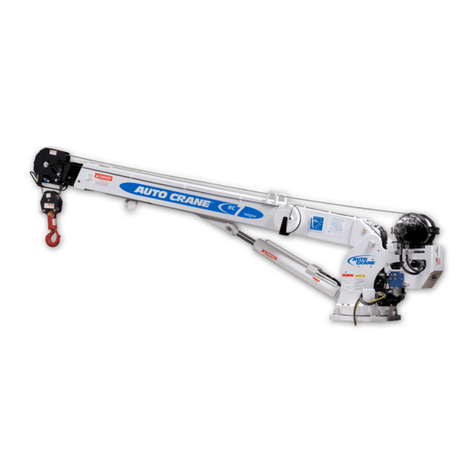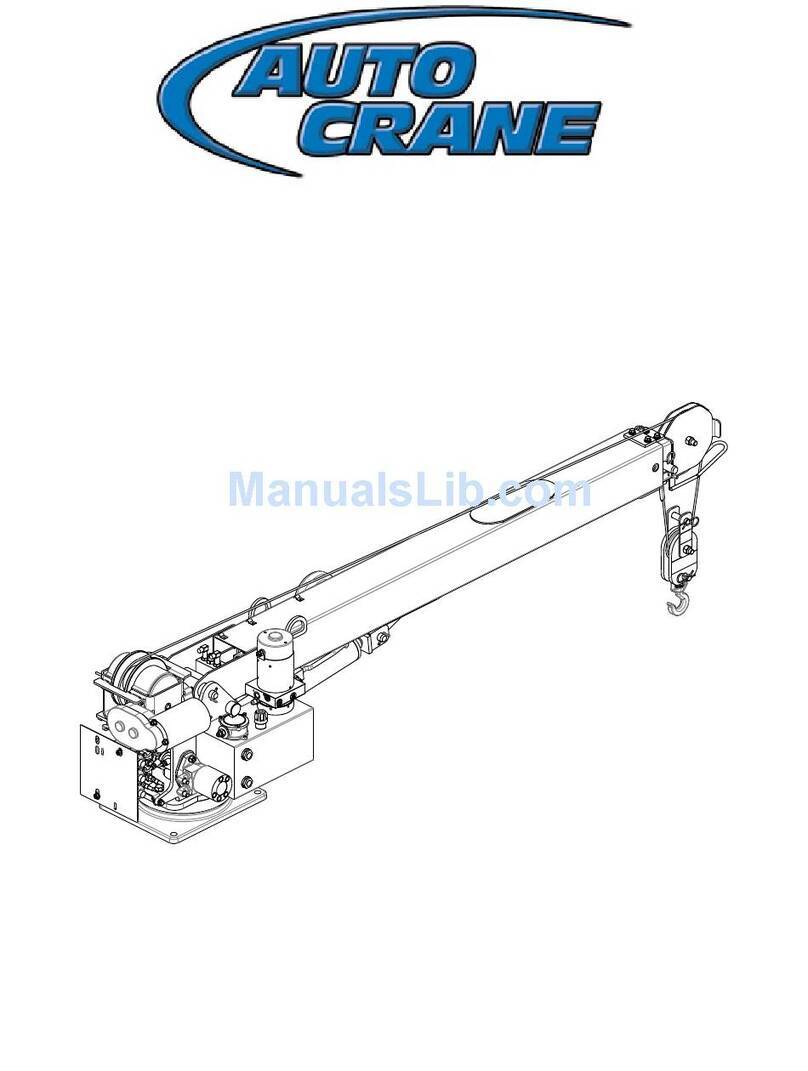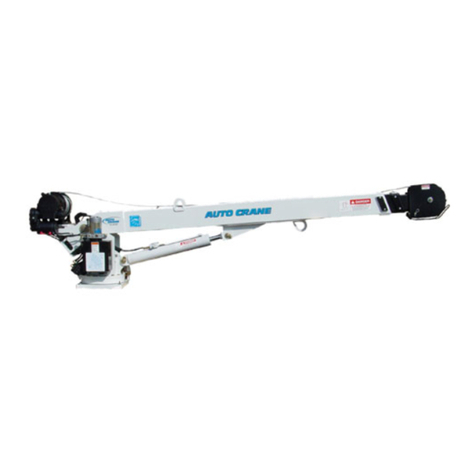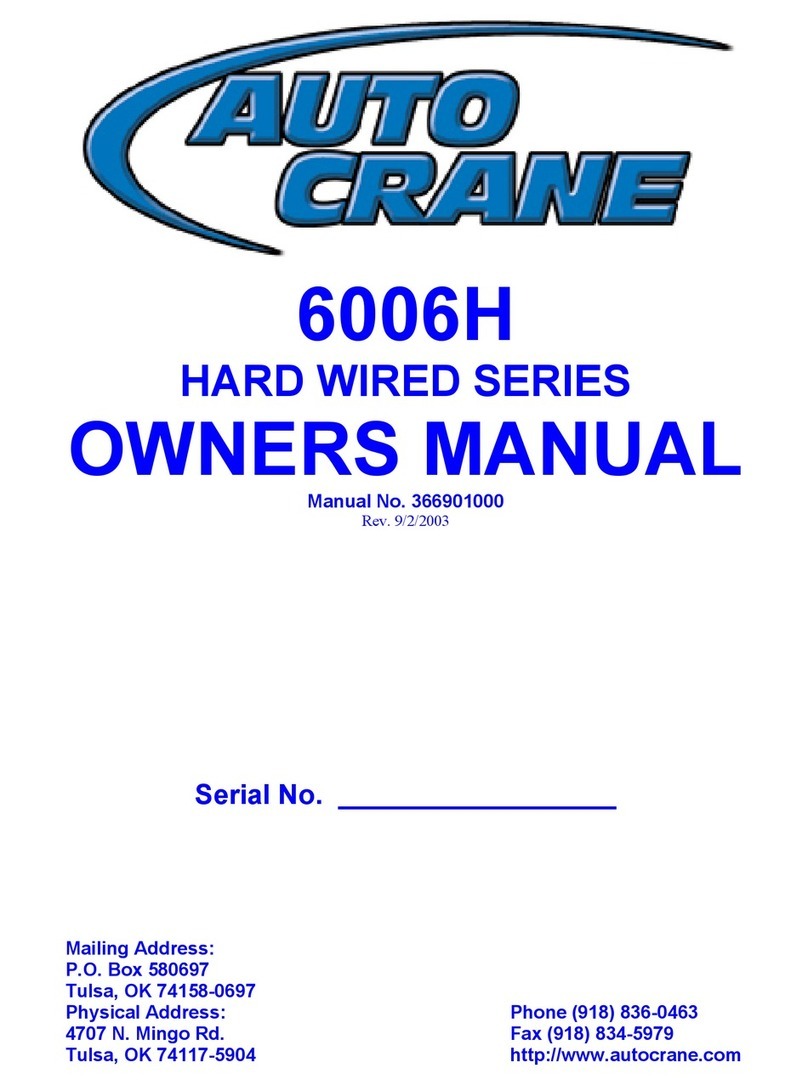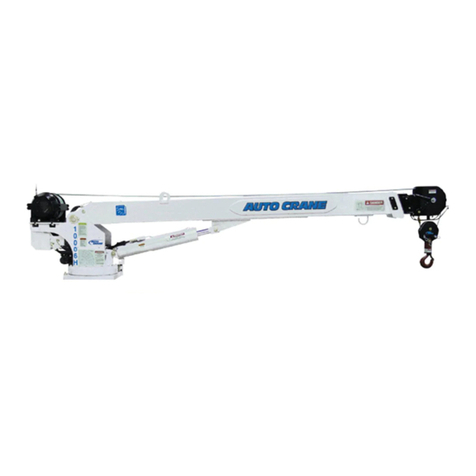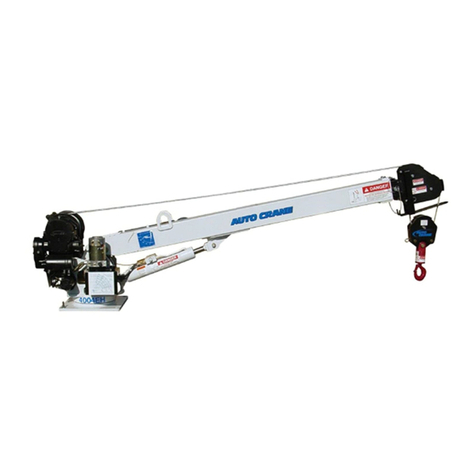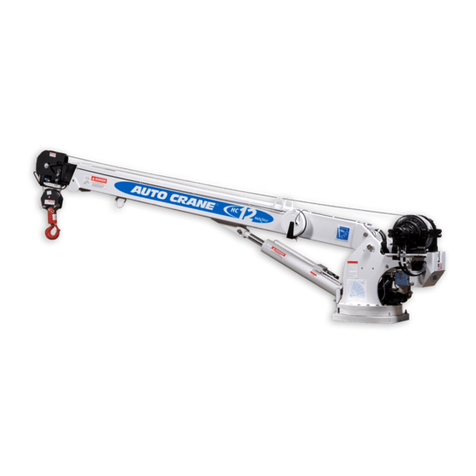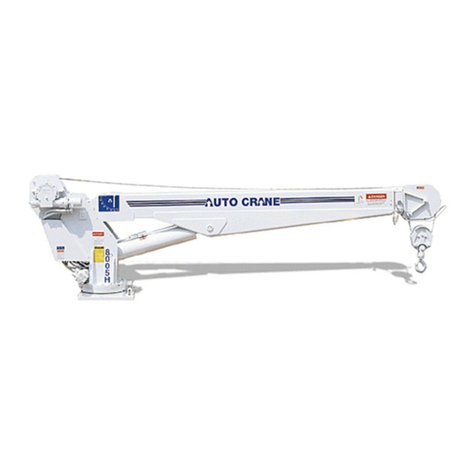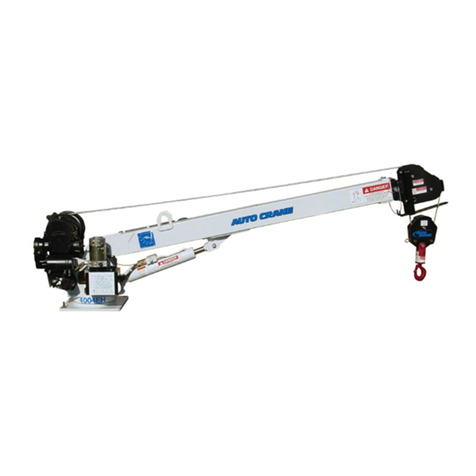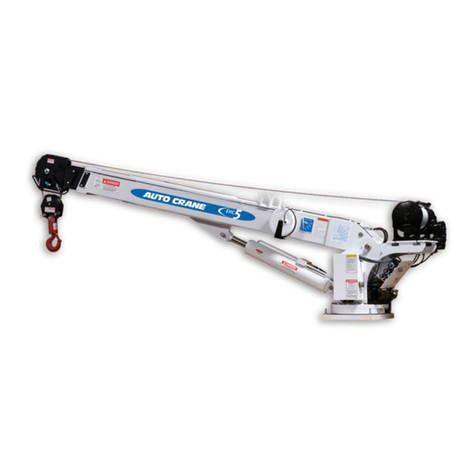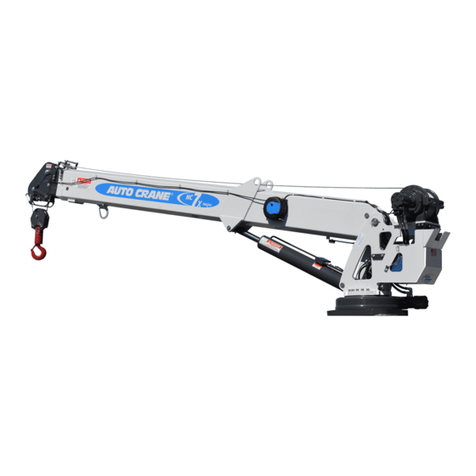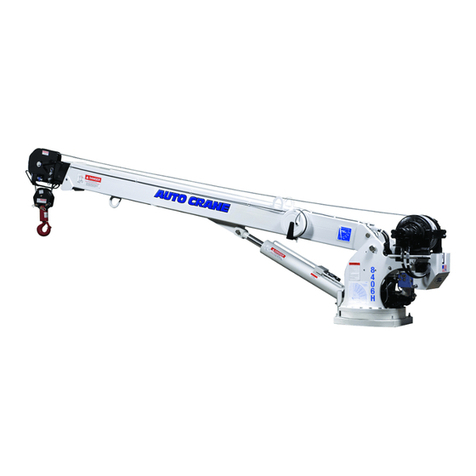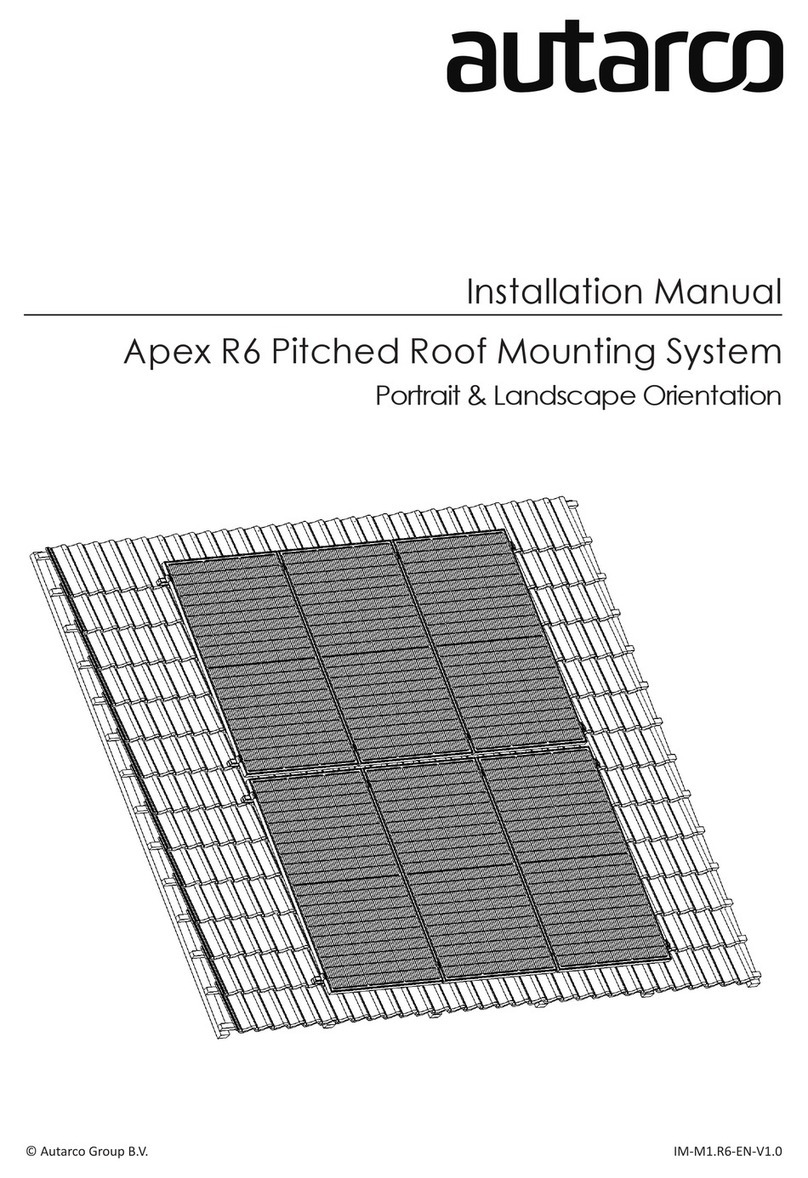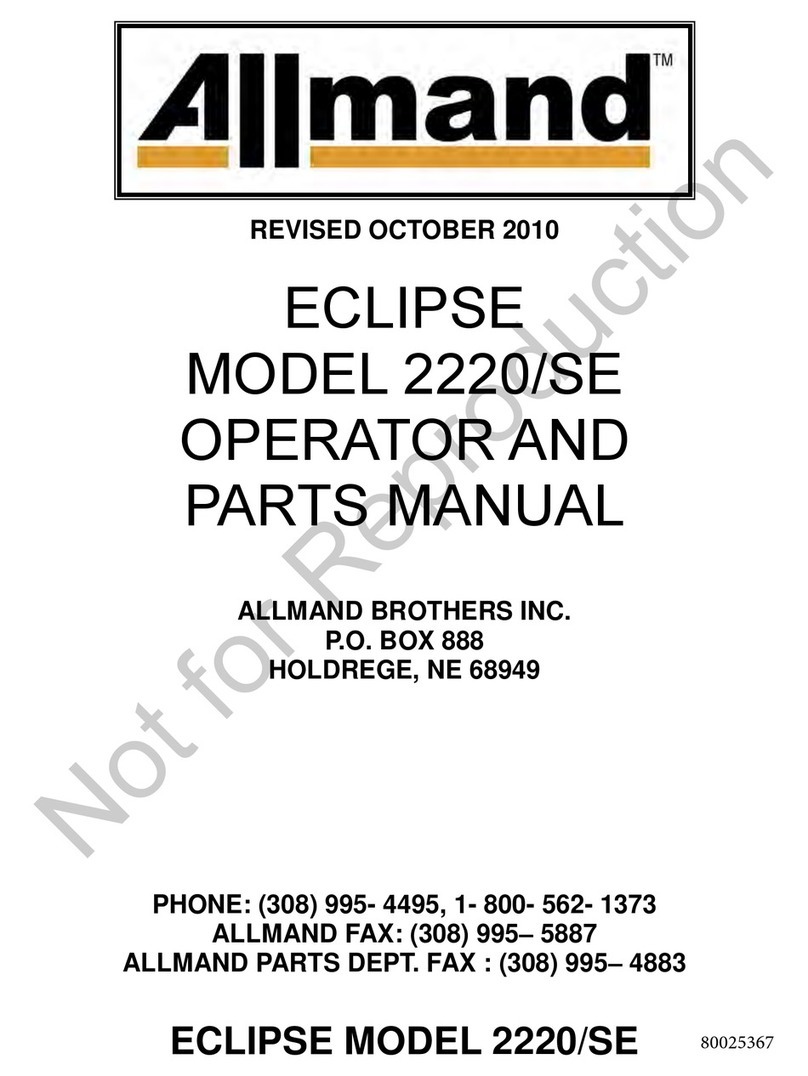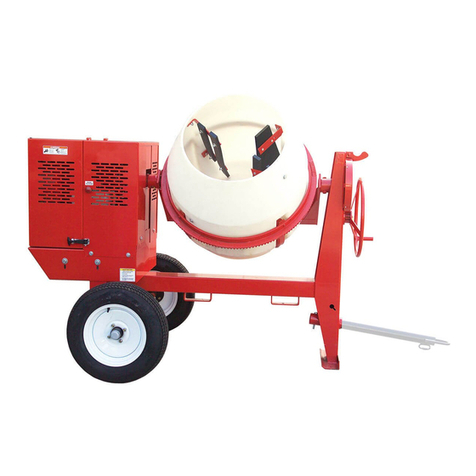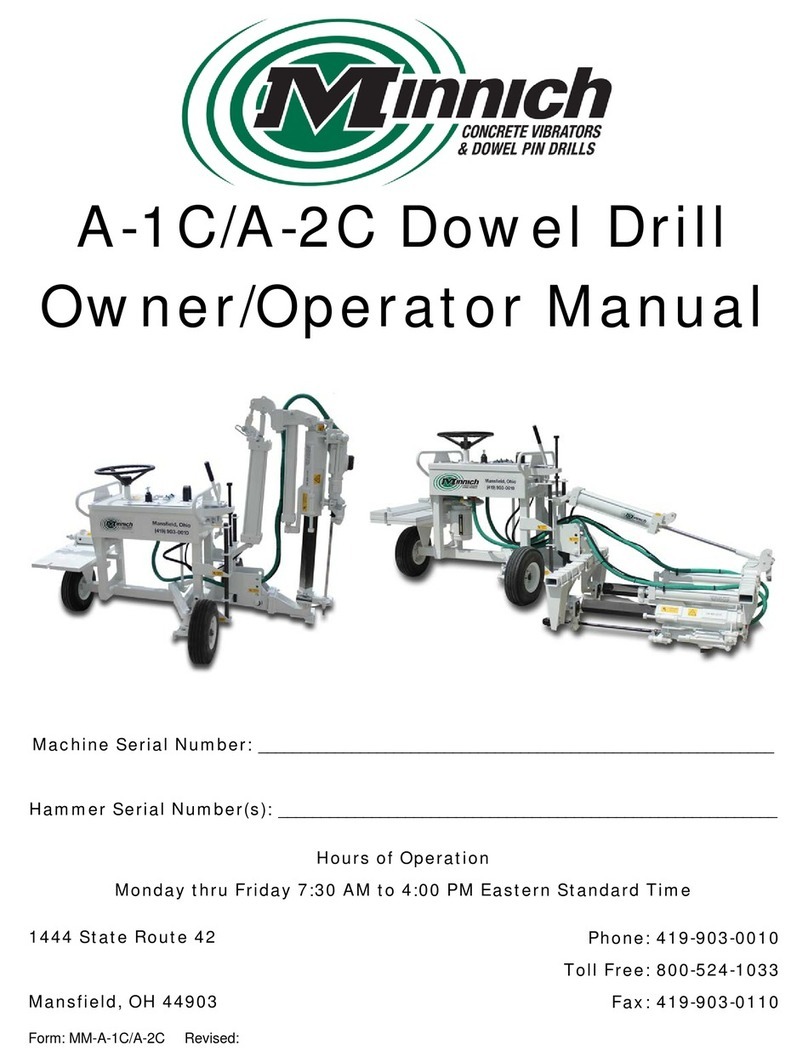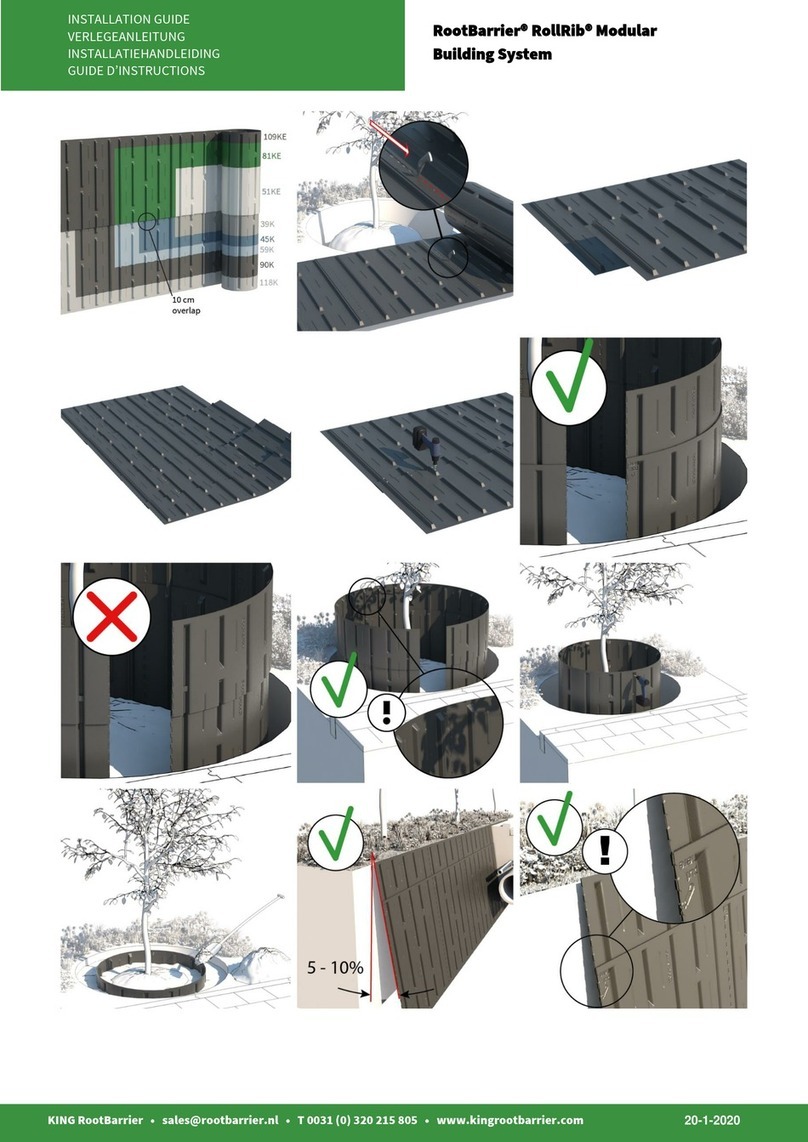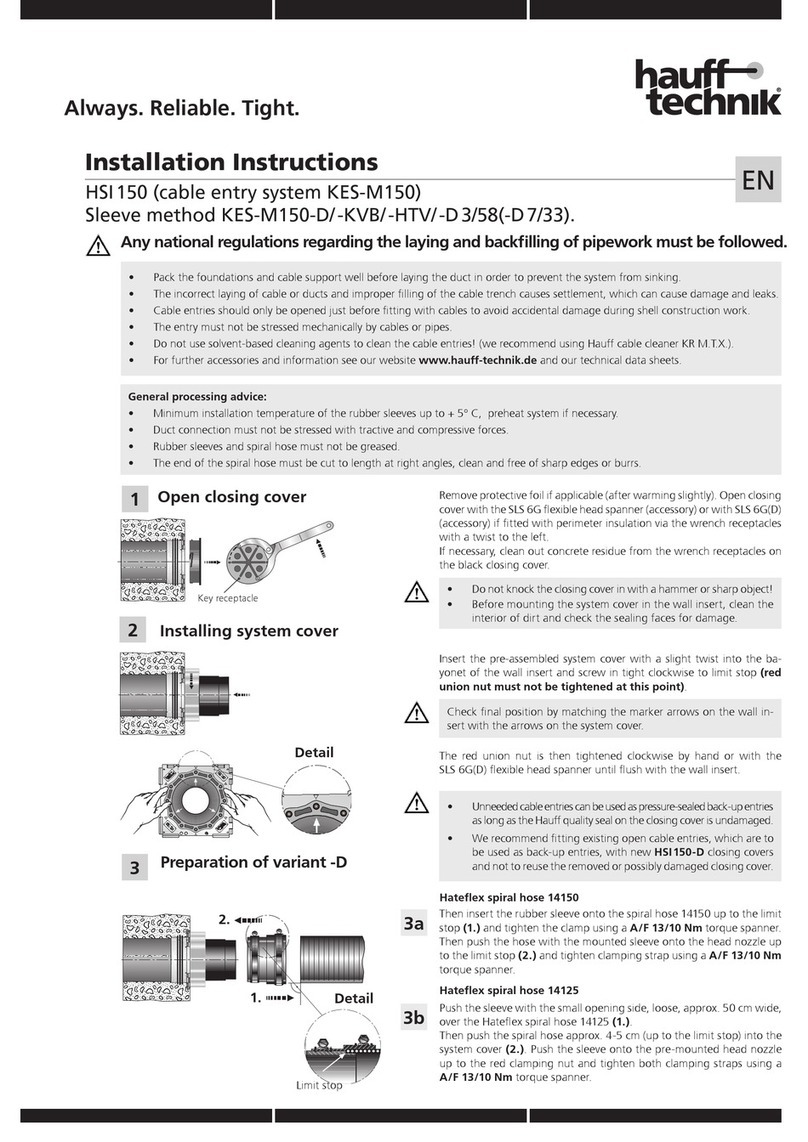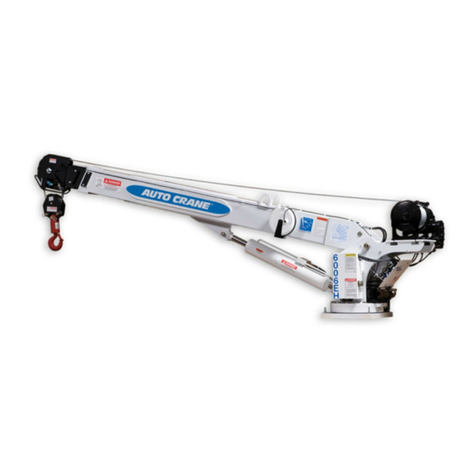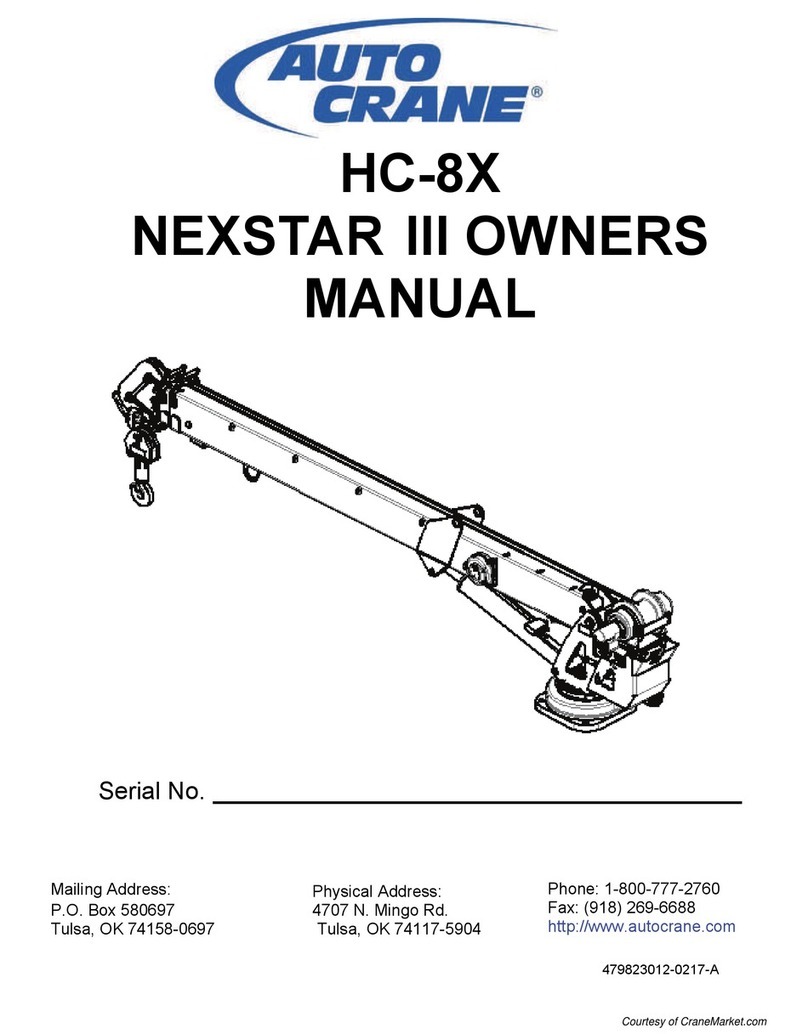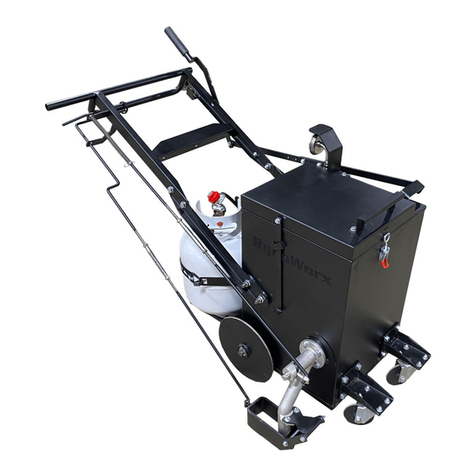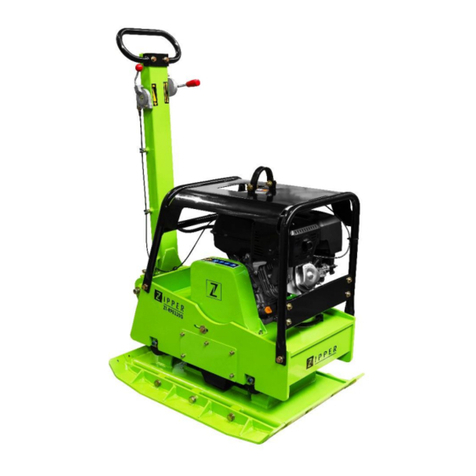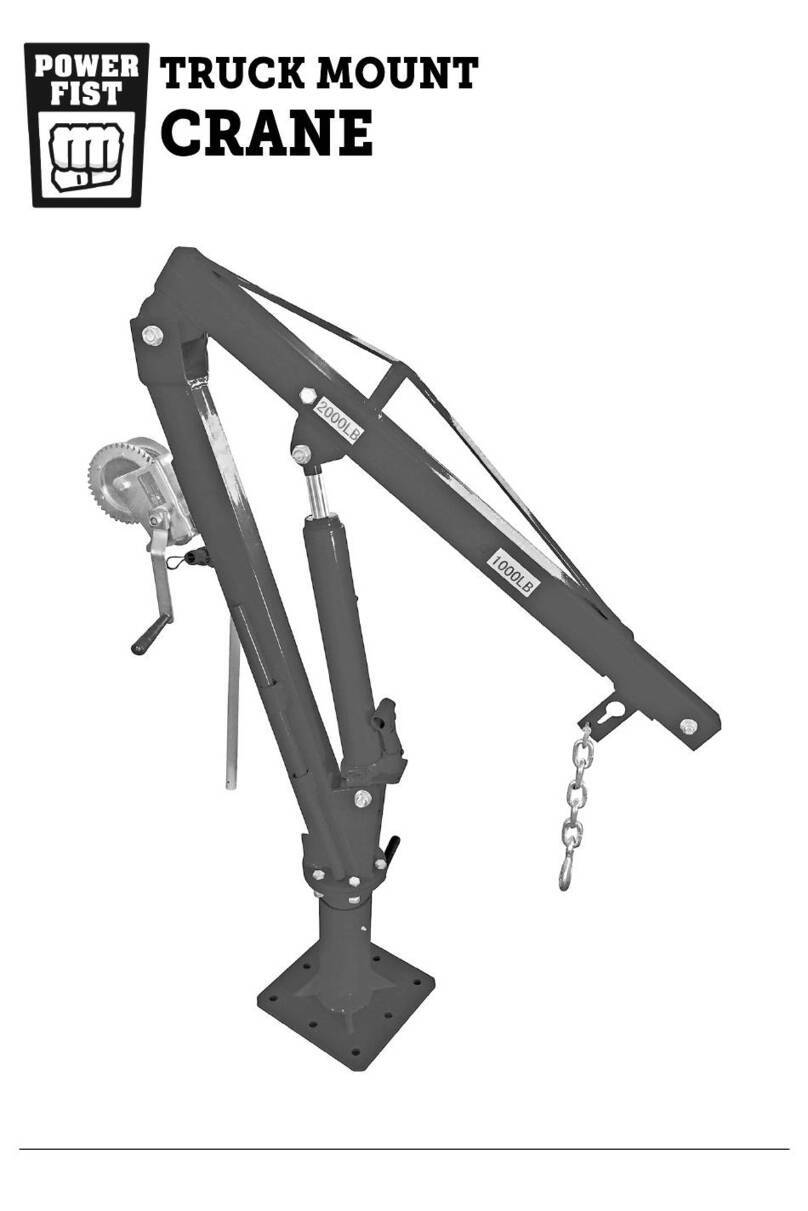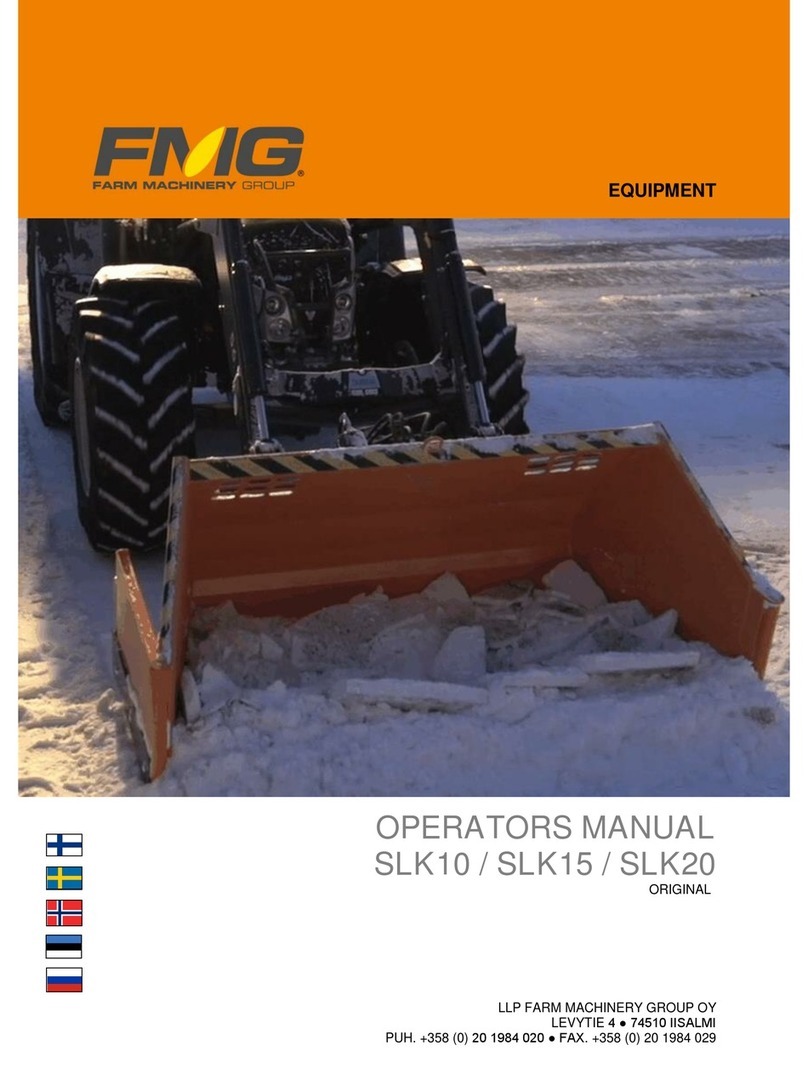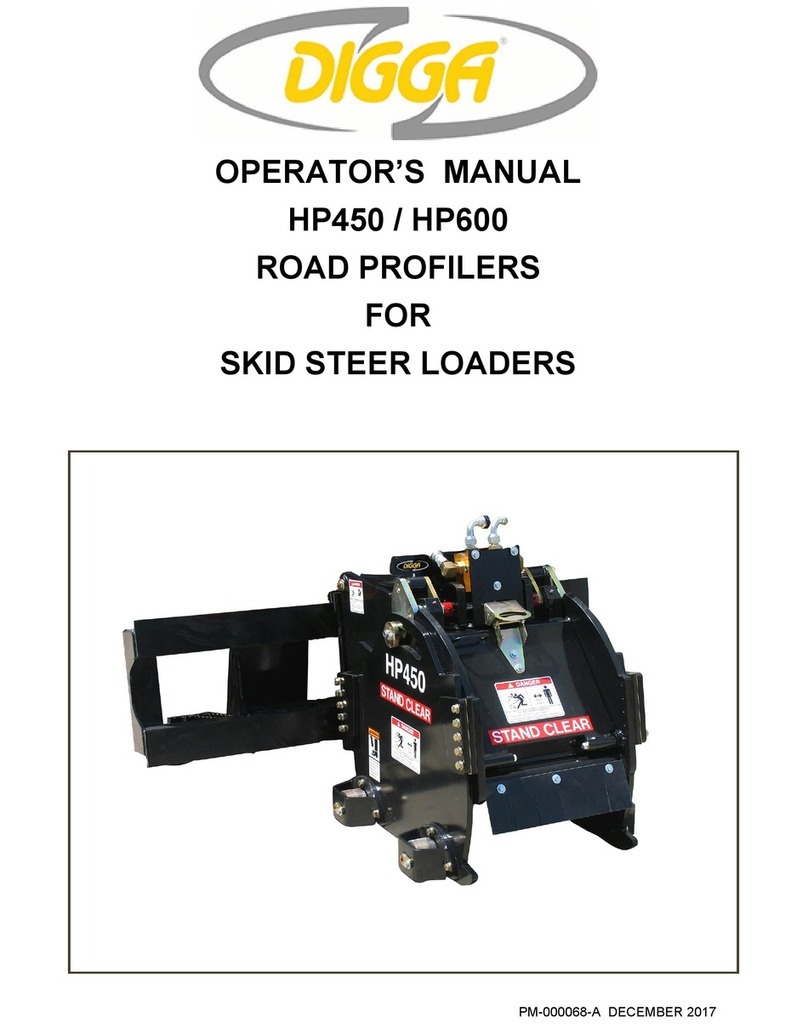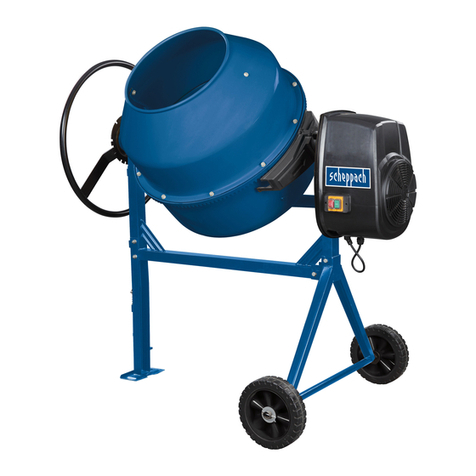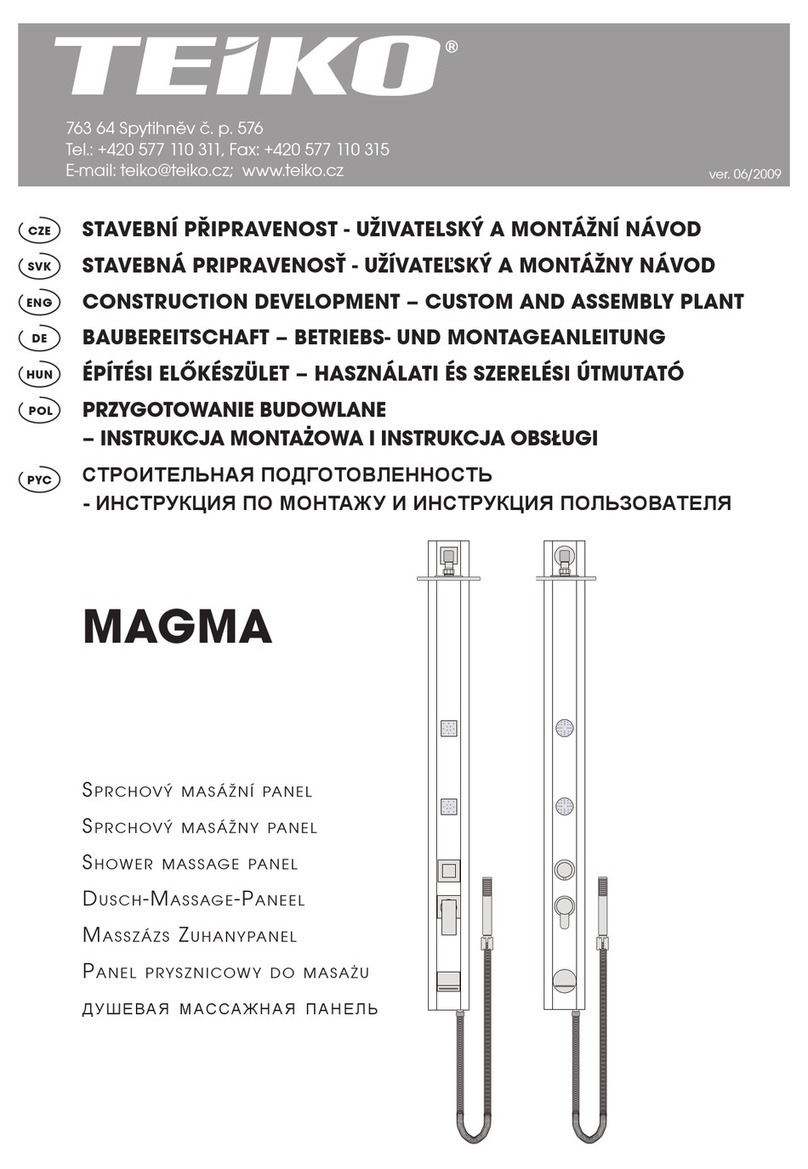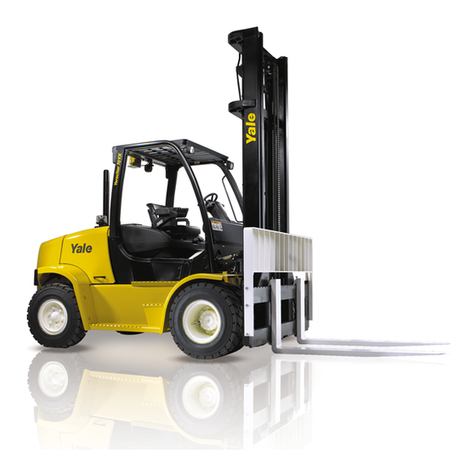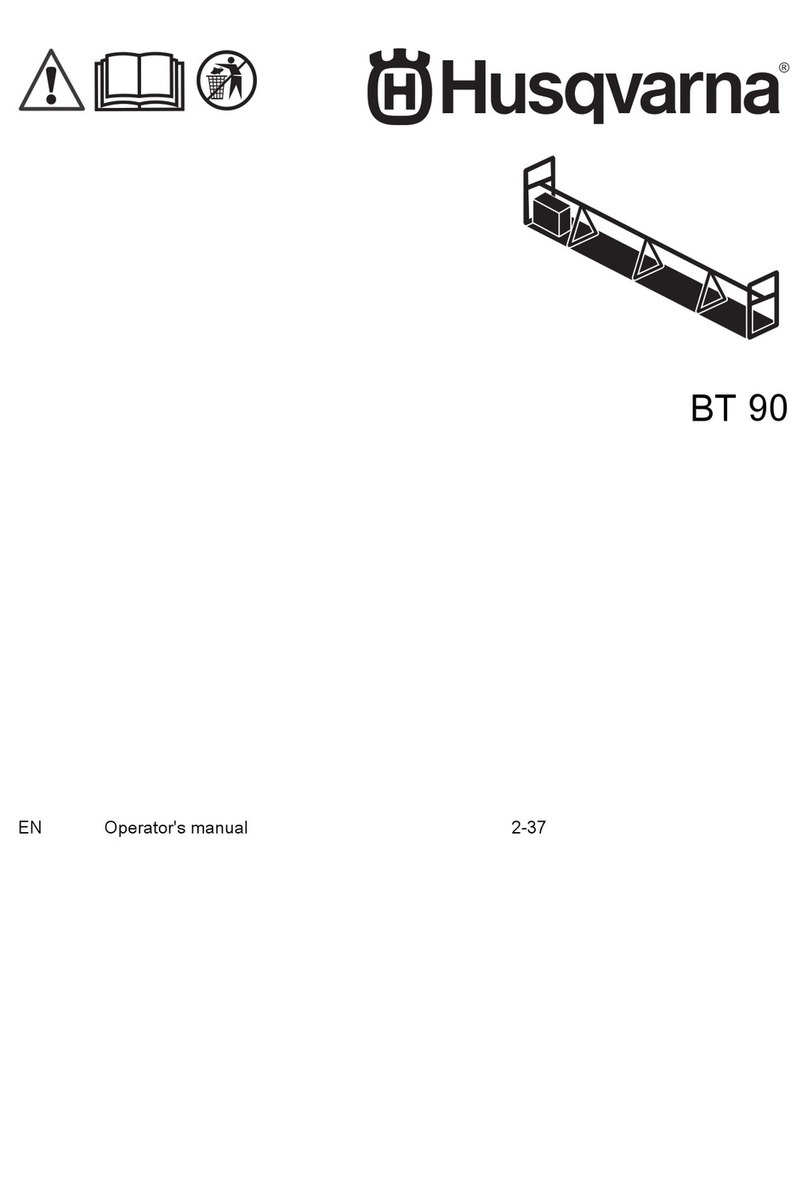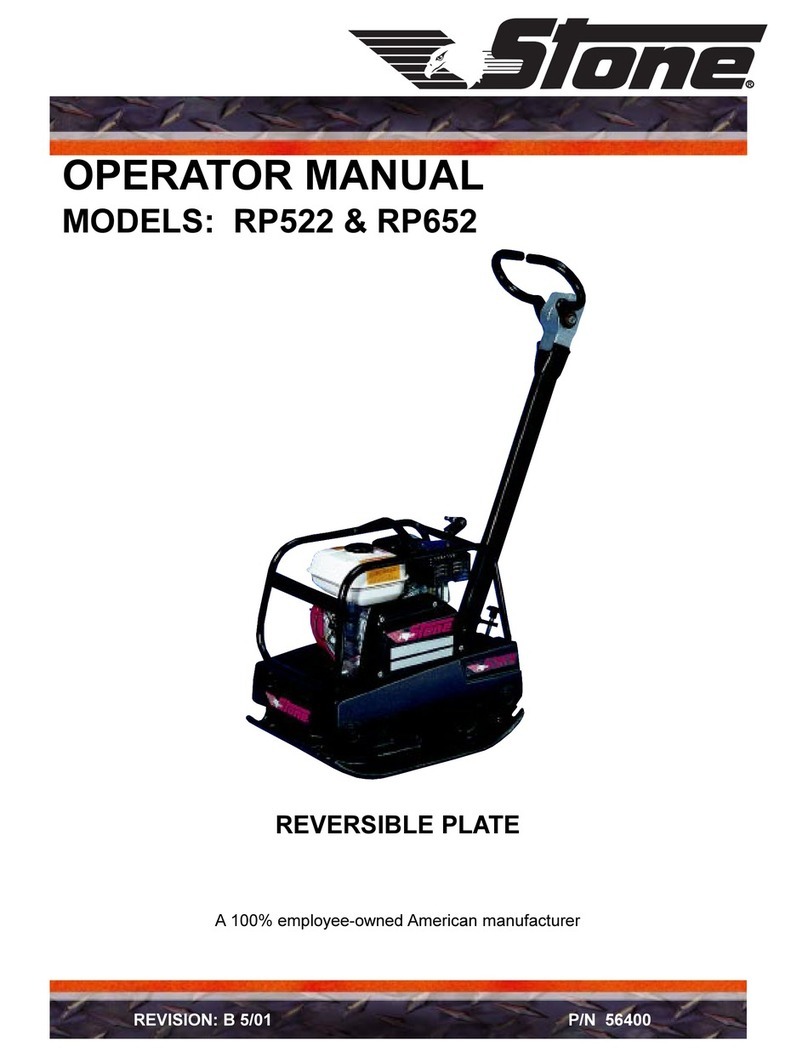
EHC-5 NEXSTAR III 11
Qualications and Operating Practices 5
5.3CONDUCTOFOPERATORS
1. The operator shall not engage in any practice, which will divert his attention while actually
operating the crane.
2.Eachoperatorshallberesponsibleforthoseoperationsundertheoperator’sdirectcontrol.
Whenever there is any doubt as to safety, the operator shall consult with the supervisor before
handling the loads.
3.Theoperatorshouldnotleaveasuspendedloadunattendedunlessspecicprecautionshave
been instituted and are in place.
4. If there is a warning sign on the switch or engine starting controls, the operator shall not close
the switch or start the engine until the warning sign has been removed by the appointed person.
5. Before closing the switch or starting the engine, the operator shall see that all controls are in the
“OFF”orneutralpositionandallpersonnelareintheclear.
6. If power fails during operation, the operator shall:
A.Movepowercontrolstothe“OFF”orneutralposition.
B. Land the suspended load and boom, if practical.
7. The operator shall be familiar with the equipment and its proper care. If adjustments or repairs
are necessary, the operator shall report the same promptly to the appointed person, and shall
also notify the next operator.
8. The operator at the start of each shift shall test all controls. If any controls do not operate
properly, they shall be adjusted or repaired before operations are begun.
9. Stabilizers shall be visible to the operator while extending or setting unless a signal person
assists operator.
5.4OPERATINGPRACTICES/HANDLINGTHELOAD
Never use two cranes to support a load too large for either crane.
1. Size of load.
A. No crane shall be loaded beyond the rated load except for test purposes
B. The load to be lifted is to be within the rated load of the crane and its existing
conguration.
C. Know the weight of the rigging and deduct from the load rating to prevent overloading
the crane.
D. When loads that are not accurately known are to be lifted, the person responsible for the
job shall determine the weight of the load does not exceed the crane rated load at the
radius at which the load is to be lifted.
2. Attaching the load.
A. Ensure the load is properly attached to the hook by means of slings or other devices of
sufcientcapacity.
B. Ensure the vehicle is in a level position when loading or unloading.
C. Hoist rope shall not be wrapped around the load.
3. The operator shall determine that:
A. The crane is level and, where necessary, the vehicle/carrier is blocked properly.
B. The load is well secured and balanced in the sling or lifting device before it is lifted more
than a few inches.
C. Means are provided to hold the vehicle stationary while operating the crane.
D. Before starting to lift, the hook shall be positioned over the load in such a manner as to
minimize swinging.
CAUTION




















